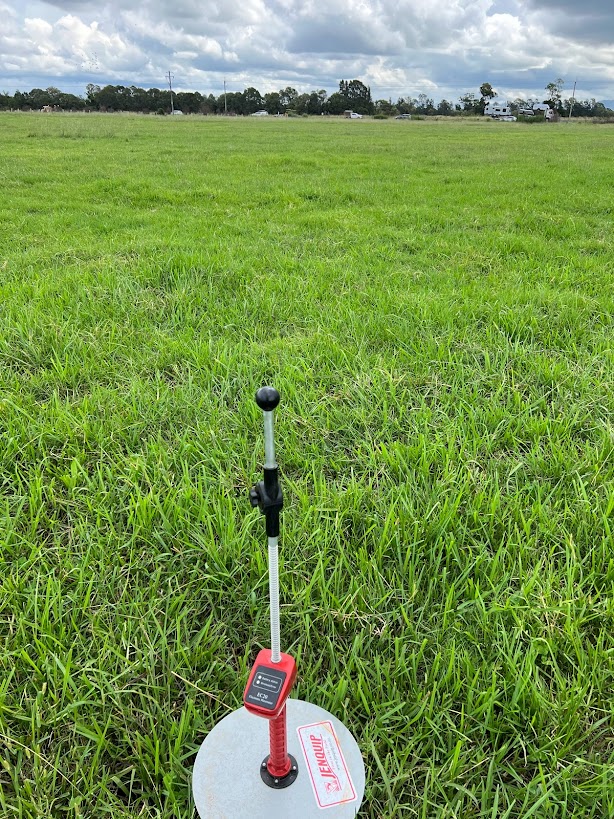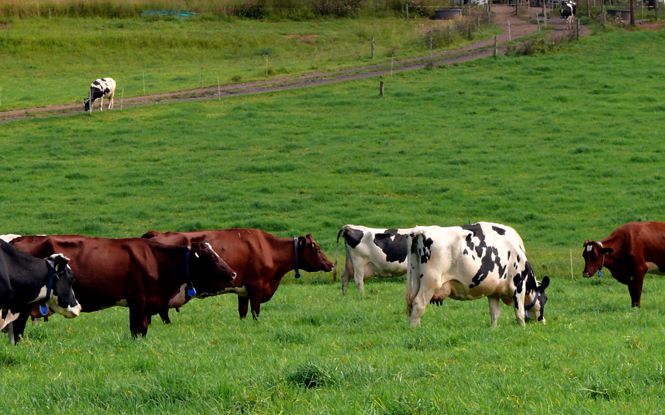
You can help
if you are interested in this project or think you may want to be involved at some stage, please contact anyone from the team here:
Peter Beale – Local Land Services Hunter (Taree – Mid North Coast) – peter.beale@lls.nsw.gov.au
David Deane – Local Land Services Hunter (Tocal) – david.deane@lls.nsw.gov.au
Martin Correa Luna – The University of Sydney – martin.correa.luna@gmail.com
Juan Gargiulo – NSW DPI – juan.gargiulo@dpi.nsw.gov.au
Yani Garcia – The University of Sydney/DRF – sergio.garcia@sydney.edu.au
Josh Hack – Ag Farming Systems (Taree) – josh@farmingsystems.com
Zita Ritchie – NSW DPI – (North Coast) zita.ritchie@dpi.nsw.gov.au
Jane Woolacott – Dairy NSW – (South Coast) – jane@dairynsw.com.au
Kikuyu grows in ambient environments so is suited to warmer climates and is thus widely used in New South Wales, Queensland, Western Australia and Gippsland pasture-based dairy systems; yet it remains largely unexploited for its production, nutritive value, water use efficiency and environmental impact.
While the research work described in this project is being conducted in New South Wales including Subtropical regions, it is expected results from those regions will be applicable and scaled to all Australian dairy regions where C4 grasses are part of, or potentially part of, the Feedbase.
|
Australian dairy farms using kikuyu by region (approx. source: Dairy Australia) |
|||
|
Dairy Australia RDP |
Total number of dairy farms (2019/20) |
Number of dairy farms using kikuyu |
Percentage of dairy farms using kikuyu |
|
DairyNSW |
354 |
250 |
70.6% |
|
Subtropical Dairy |
466 |
184 |
39.5% |
|
Western Dairy |
135 |
60 |
44.4% |
|
GippsDairy |
1,202 |
70 |
5.8% |
|
TOTAL |
2,135 |
564 |
26.4% |
While 564 farms are using kikuyu presently, representing approximately 10% of all dairy farms in Australia, this proportion is likely to increase over time as the impacts of climate change imposes warmer weather conditions in southern regions. Furthermore, it is noted that one of the core activities of this project, namely working directly on up to 15 dairy farms in NSW, will focus on the use and application of technology to advance pasture management, with outcomes widely applicable beyond ‘kikuyu’ per se.

Dairy cows grazing Kikuyu-based pastures near Camden, NSW
For more information contact
Prof. Yani Garcia (sergio.garcia@sydney.edu.au) or Dr. Martin Correa Luna (martin.correa.luna@gmail.com)
This research is funded by the DairyUP initiative (https://www.dairyup.com.au/) and it is expected to benefit all farmers with kikuyu pastures.
